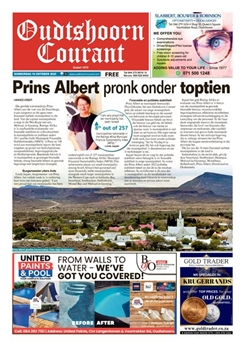However, Arnold Maritz, Cape Town’s Southern Suburbs co-principal for Lew Geffen Sotheby’s International Realty cautions that subdivision is far from the simple procedure one might expect as it not only entails an application for the subdivision of the property with the local authority as well as the re-surveying thereof at no small cost; it is also a lengthy process and can even take years to finalise, especially if the application is delayed by objections and restrictive title conditions.
Stringently regulated
“Land subdivision and zoning is stringently regulated by a multitude of existing laws and bylaws as well as numerous new and amended legislations, so before making a final decision it is vital to thoroughly research the process, preferably in consultation with an experienced professional town planner before making a decision.
“Whether or not a site is sub-divisible is dependent on the size of the erf and what council regulations apply, your suburb and your local town planner or a land surveyor can advise you of the possibility of subdividing, the minimum site size requirements allowed and other factors such as building lines and maximum allowable floor areas.
“Many larger properties in older established suburbs lend themselves to subdivision but bear in mind that set minimum sub-division sizes vary from suburb to suburb. In Bishopscourt in Cape Town, for instance, most plots cannot be subdivided to less than an acre (4,046m²) whilst you can probably split a stand half the size in Claremont into multiple plots.”
Maritz adds that there are also several other factors to take into account which significantly impact your options.
















